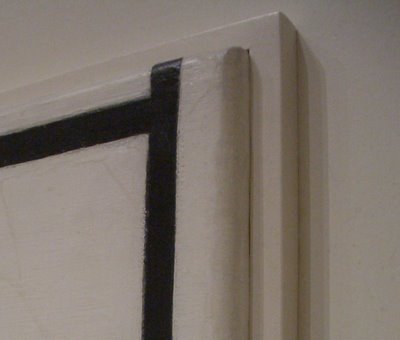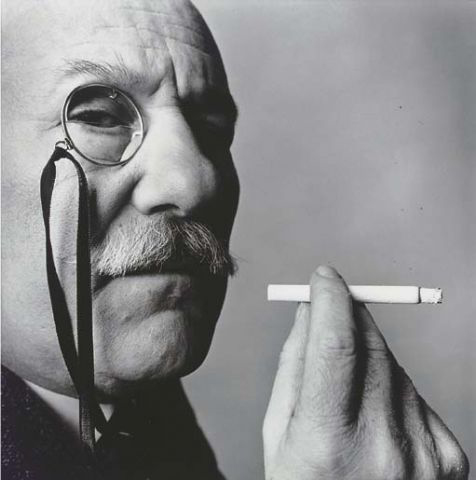
"Their relationship was based on preparing absurdly complicated recipes using overpriced ingredients." From unhappyhipsters.com
There’s a lot of discussion and almost no consensus about the difference between ethics and morals, so let’s be broad about it: both are proposals about how to live. Those proposals fluctuate according to infinitely various brackets: socio-historical, religious, economic, and on and on. But what we’re talking about, really, is codes of behavior, a framework by which to live. This question – how to live – informs almost all philosophical inquiry, from Socrates through Montaigne and LeeAnn Rimes. The question of this topic – “must art be ethical?” – rests on wobbly semantic ground, though. The question is: must art itself be ethical (or can it, maybe) or must the art world be ethical?
The contemporary art object is so tightly bound into the context of the art world (by which I mean: it depends not only for its funding and exhibition space on exterior fiscal powers, but on its very justification as art, from Duchamp onwards; read Brian O’Doherty for a far more intelligent analysis of this) that the conflation of object and its receptive context make ethical discussions about art really ethical discussions about how the art world behaves. This is like blaming money itself for the financial crisis. In other words, I want to address the question in the way I first interpreted it: can there be anything ethical about art itself, or is it perpetually at one remove from the conversation? Can art itself be, now, a proposal about how to live?

Piet Mondrian, "Composition in Yellow, Blue, and White I" (detail), 1937. Courtesy the Museum of Modern Art.
Take modernism. Contemporary artists spend a lot of time knocking it. We look at the whorls of cracked paint on a Mondrian and patch together a snide metaphor about the ultimate futility of the idyllic utopianism of our Neanderthal forefathers, reminding anyone listening that utopia literally means “no place.” Le Corbusier gets turned into a Fraggle Rock puppet. Tatlin’s Tower (massive symbol of socialist modernity + never actually built = contemporary art goldmine) gets rehashed over and over again, sometimes literally (the proposed reconstruction of the Tower by collective Henry VIII’s Wives) and implicitly (in comically finicky, quixotic projects by Simon Starling and almost everyone else). And yet modernism looks like the last attempt by visual art to make direct parallels between ethics and aesthetics, before the institution of galleries swamped any ethical autonomy art might have had in the early twentieth century. (It’s not absolutely as straightforward as this, I realize; a bit of selective analysis is required.) A really good Mondrian is complex thought made visual. That thought is bound up in how we ought to live, the principal ethical problem in philosophy. So what happened to that interweaving of ethics and aesthetics?

Irving Penn, "Barnett Newman," 1966
In some ways, we never got over Warhol’s gags about form and seriousness, his popping of the AbEx bubble. Stacks of printed car accidents on a flat orange plane cock a snook at Barnett Newman’s somber color fields. MoMA’s permanent collections display provides the setup and punchline, in an endless art-historical stand-up routine. After Warhol, we got more art about more things, but less of a grasp about how the visual and the philosophical lock together or, at any rate, less of an interest in making them lock.
The reason contemporary art might stand to gain from the reappraisal of modern art’s relationship between ethics and aesthetics is to allow itself to regain its visual authority in the face of a superabundant visual culture. That’s not to suggest that visual art ought to act like signage, waggling a finger at no-gooders, or that it ought to stone-facedly return to the aesthetic of the early moderns. It’s to suggest that visual authority should be a quality actively sought in art. That’s not separate from ideas — there is no real dividing line between conceptual and any other form of art. Felix Gonzalez-Torres’s great works – like his rug of wrapped licorice, Untitled (Public Opinion) – operate on a whole range of brilliantly-conceived experiential levels, but function primarily on a forceful formal level analogous to searching ethical thought. It’s not artists alone who can make this happen. They need an active viewership, too.




Pingback: The Nonexistence of “Unethical Art” | Art21 Blog